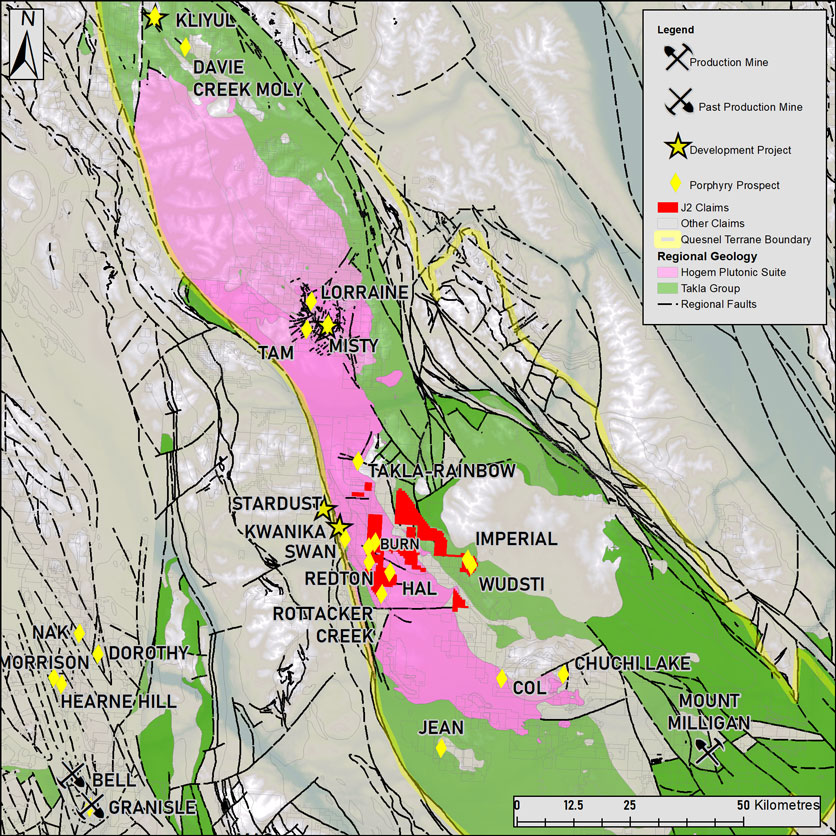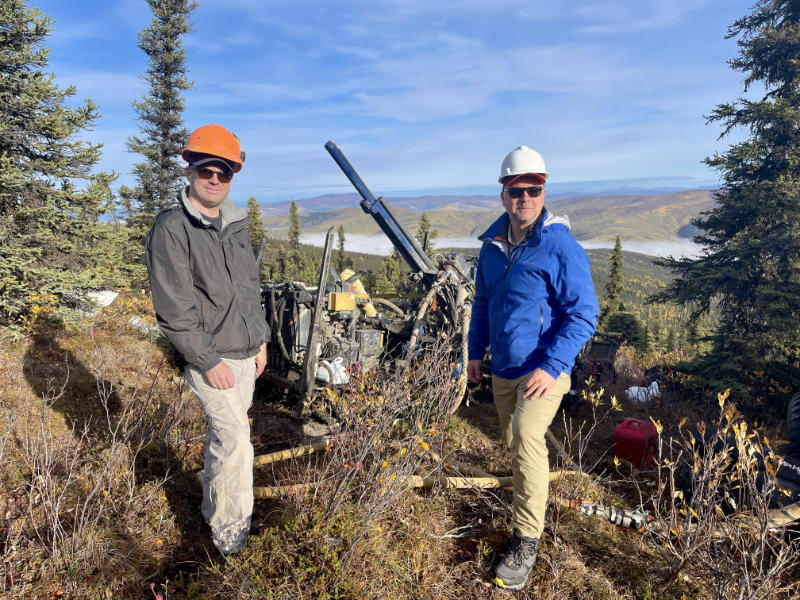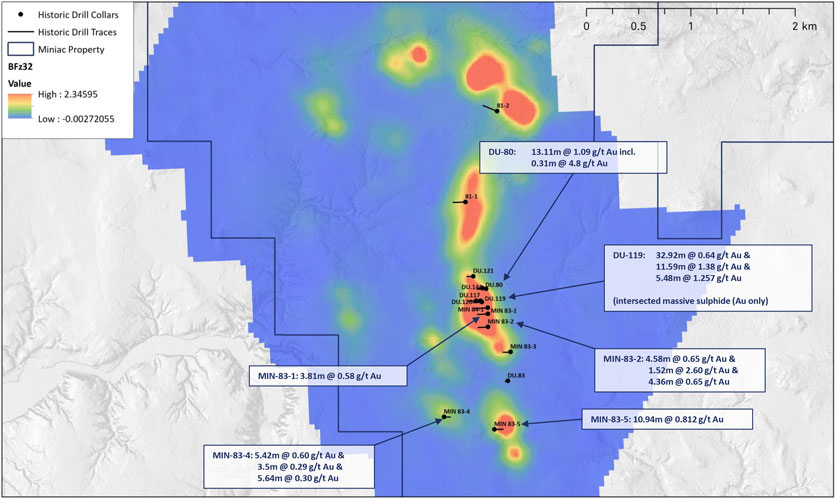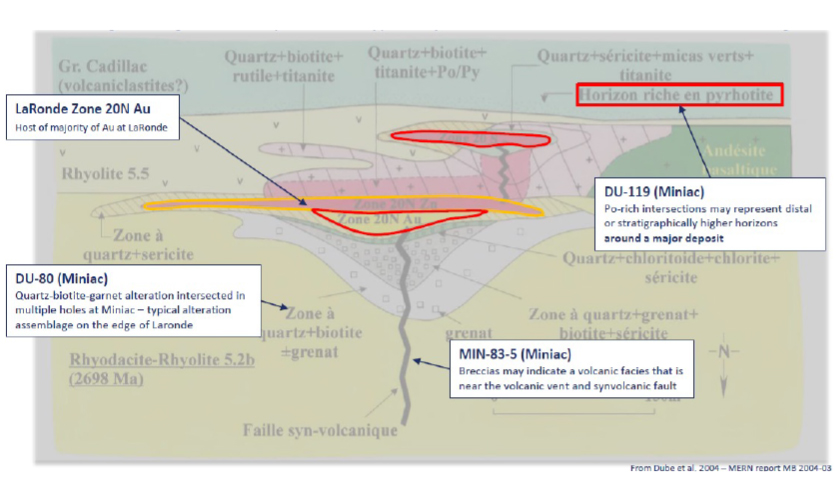Projects

Twenty Mile
Location: British Columbia, Canada
Size: 9500 Ha
Stage: Early
Deposit Type(s): Porphyry Cu / Epithermal Au
J2 Interest: 100%
Overview
The Twenty Mile (TM) Project is located in BC’s Prolific Quesnel Trough Porphyry Belt, host to world class porphyry deposits such as Highland Valley Copper (Teck), Copper Mountain (CMMC), Mt Polley (Imperial Metals), New Afton (New Gold), and Mount Milligan (Centerra). The area around TM is surrounded by advanced development projects such as Northwest Copper’s Kwanika/Stardust and Lorraine projects, Pacific Ridge’s Kliyul Project as well as a host of Alkalic Cu-Au targets.

Fig 1: Twenty Mile Location within the Quesnel Trough
Napoleon
Overview
The Napoleon Project lies in the heart of the Tintina Gold Province, a region spanning 2000 kilometres that has produced more than 30 million ounces of gold 1
Napoleon is located in the Fortymile Region of Eastern Alaska, which has produced an estimated 500,000 oz of placer gold 2. Despite this extensive placer production, no major hard rock or “lode gold” production has been documented in the district.
J2’s exploration focus, led by Technical Partner Kenorland Minerals, is testing the Napoleon Creek Intrusive, the most significant intrusive gold system in the region as a possible source for the coarse grain placer gold that is found in all drainages surrounding the property.
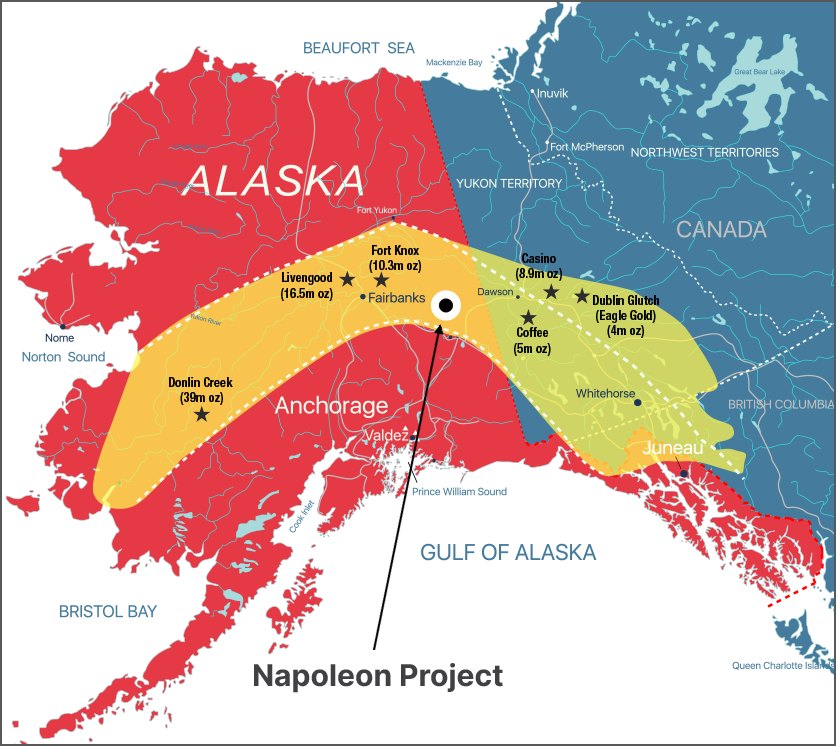
The Tintina Gold Belt has yielded an estimated 30 million ounces of gold. Numerous projects and production mines throughout the belt have Au gross metal contents from current resource estimates that total more than 80 million ounces of gold (Source).
Miniac
Location: Quebec, Canada
Size:
Stage: Early
Deposit Type(s): Volcanogenic Massive Sulfide (VMS), Intrusion related Au
J2 Interest: 100%
Overview
The Miniac Project is a VMS target located in the Northern Abitibi Volcanic zone, part of the Abitibi Greenstone Belt, one of the largest gold endowed districts in the world. Located between the past producing Normetal mine and the Osborne-Bell mine along the Chicobi fault system, Miniac is an exhalative polymetallic system consisting of Au, Ag, Cu and Zn massive sulphides along a felsic-mafic volcanic contact.
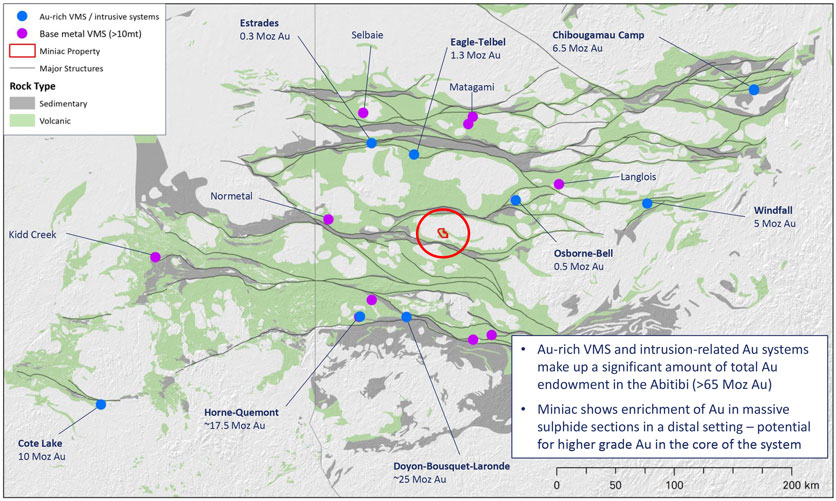
Location within the Abitibi Region with known Metal Endowment (Source).

